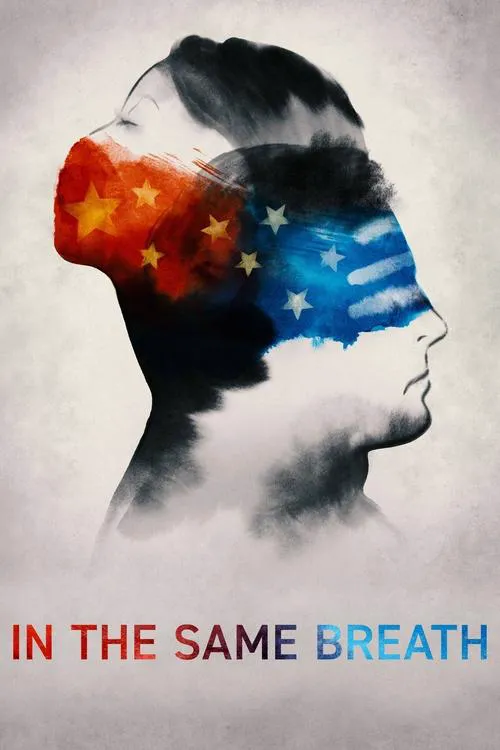In the Same Breath

Plot
In the Same Breath is a poignant and eye-opening documentary that delves into the lives of individuals affected by the COVID-19 pandemic, specifically focusing on the initial spread of the novel coronavirus in two contrasting countries: China and the United States. Director Nanfu Wang offers a candid and unflinching portrayal of the early days of the outbreak, providing an intimate look at the experiences of those on the ground as they navigated the uncharted territory of a rapidly unfolding global health crisis. The documentary begins in Wuhan, China, the epicenter of the COVID-19 outbreak. Wang captures the early days of the pandemic, as whispers of a mysterious illness spread through social media and whispers of local residents. Interviews with Wuhan residents, including the filmmaker's own mother, paint a picture of a city in lockdown, where residents are largely confined to their homes and face a lack of information about the virus. The footage is often raw and unflinching, documenting the chaotic scenes at healthcare facilities, makeshift hospitals, and crowded streets, as citizens frantically scoured local markets and pharmacies for desperately needed medical supplies. One of the most striking aspects of the documentary is Wang's access to local Chinese media and citizens, who offer firsthand accounts of the initial response to the outbreak. They describe the government's initial cover-up of the virus, the reluctance to acknowledge the extent of the outbreak, and the eventual crackdown on dissenting voices. The film highlights the stark contrast between the official narratives disseminated by the Chinese government and the reality on the ground. Through these testimonials, Wang reveals the human costs of the government's slow response and subsequent attempts to conceal the truth. As the pandemic spreads to the United States, the documentary shifts its focus to the country's experience. Wang examines the early days of the outbreak, documenting the initial downplaying of the virus's severity by U.S. officials, the delays in implementing effective measures to contain the spread, and the resultant surge in cases across the country. Interviews with American healthcare workers, families whose loved ones have contracted the virus, and everyday citizens convey the fear, uncertainty, and chaos that characterized the early months of the pandemic. Throughout the documentary, Wang highlights the systemic failures and disparities that exacerbated the pandemic's impact. She sheds light on the inadequate healthcare infrastructure, the systemic racism, and the socioeconomic and health disparities that disproportionately affected marginalized communities. In doing so, In the Same Breath underscores the human costs of policies that prioritize economic growth, travel, and profit over public health and people's lives. One of the most compelling aspects of the documentary is Wang's own story, woven throughout the narrative. As a Chinese filmmaker living in the United States, she finds herself caught between two worlds, grappling with the complexities and contradictions of her dual identity. Her experience serves as a poignant reminder that the pandemic is not merely a medical crisis but a human one that affects individuals, communities, and nations in profound ways. Through Wang's lens, the pandemic becomes a microcosm of broader societal and economic issues, including the erosion of trust in institutions, the widening wealth gap, and the fragmentation of global communication. As the virus spreads like wildfire across the globe, the documentary reveals the intricate web of relationships between science, politics, society, and individual lives. In the Same Breath serves as a testament to the resilience of human spirit, even in the face of overwhelming adversity. Ultimately, In the Same Breath presents a stark and unflinching portrayal of the early days of the COVID-19 pandemic, humanizing the statistics and conveying the anguish of individuals whose lives were forever changed by the virus. By sharing these stories, Wang implores viewers to confront the harsh realities of the pandemic and the consequences of our actions – or inactions. In doing so, she issues a clarion call for empathy, compassion, and collective responsibility, underscoring the imperative of a more equitable and just response to future global health crises.
Reviews
Recommendations




